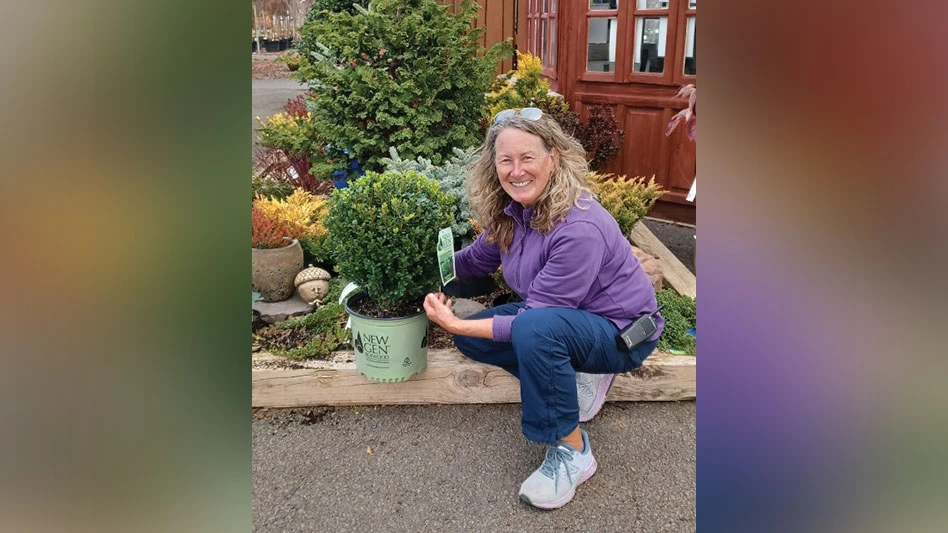
As a young college student with a passion for genetics and applied research, Molnar discovered plant science through an introductory plant biology course and subsequently secured a job in a plant research lab at Rutgers working under the direction of Reed Funk during the summer after his freshman year.

Funk was a highly successful plant breeder and one of the first to develop cool-season
“[Dr. Funk] really had a serious impact on me in many ways and of
From turf to trees
After a few years of breeding turf grasses, Molnar shifted his efforts entirely to breeding trees, under the direction of Funk. The 18-year-old student worked six to seven days a week to keep up with his 70-year-old cohort who never seemed to tire of breeding trees.
Funk introduced Molnar to an ornamental tree breeder at Rutgers named Elwin Orton. Molnar could not have imagined a better pair of mentors. He truly was in the right place at the right time to launch his own career in plant breeding.
“I realized the amazing things Dr. Orton had accomplished during his career, and how hard he worked to get where he was. For example, his notebooks, which we still have in the lab today, are some of the most meticulous and detailed hand-written notes that I have ever seen, and they represent thousands of hours of work and immeasurable dedication,” Molnar says.
Once it was decided that Molnar would take on Orton’s work after he retired, Orton began to share his most carefully guarded secrets he had developed through decades of meticulous ornamental tree breeding work. Details on how he made his crosses, stored pollen, best plants to use in crosses and more, were all recorded in his notebooks. Molnar became one of Orton’s few trusted confidants while also continuing his work on nut trees, which had been started by Funk, his other mentor.
“The exposure to both Dr. Funk and Dr. Orton’s approaches to breeding very strongly shaped the plant breeder I am today. Both accomplished their goals in different ways, but both were very successful. One thing they had in common was both spent nearly all of their time out in the field or greenhouse with their plants. They were not inside working in the
Click here to read the full article.
Photos by Nick Romanenko/Rutgers University
Latest from Nursery Management
- The Growth Industry Episode 3: Across the Pond with Neville Stein
- What's in a name?
- How impending tariffs and USDA layoffs impact the horticulture industry
- Shifting the urban environment
- These companies are utilizing plastic alternatives to reduce horticultural waste
- How to create a sustainable plant nursery
- Lamiastrum galeobdolon ‘Herman’s Pride’
- One of rarest plants on earth: Tahina spectabilis





